This month it’s gardening in October! I’m preparing the garden for our first fall frost and harvesting the produce that’s ready (but leaving the produce that’s not quite ready for harvest). This is my monthly gardening feature where I show you everything I’m doing in the garden month-by-month!
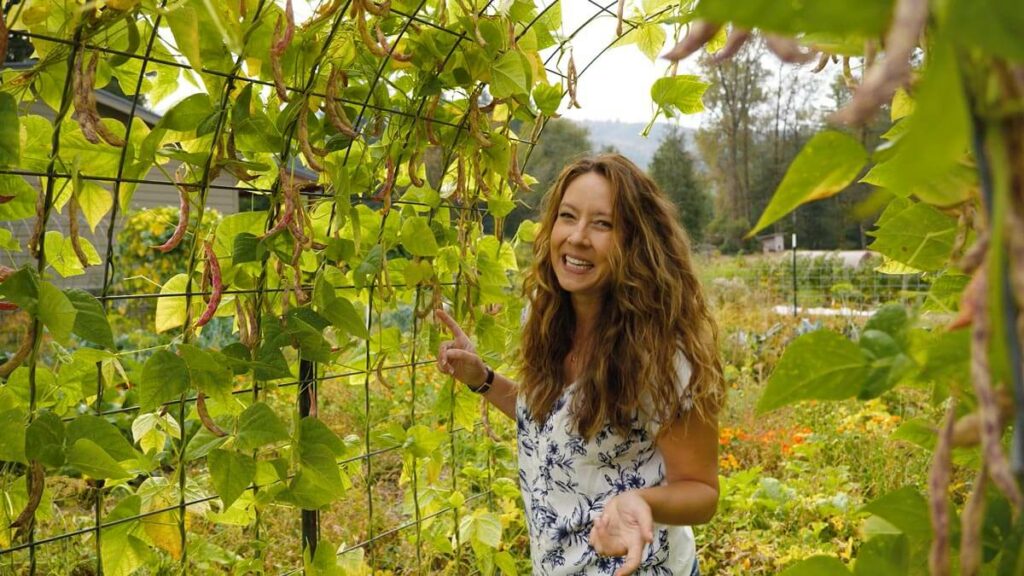
We’re nearing the end of the growing season, which means I’m busy preparing the garden for fall and the first frosts of the season. The biggest thing for us is that we make sure we have all the harvest in before the first frost for anything that would be ruined by the frost.
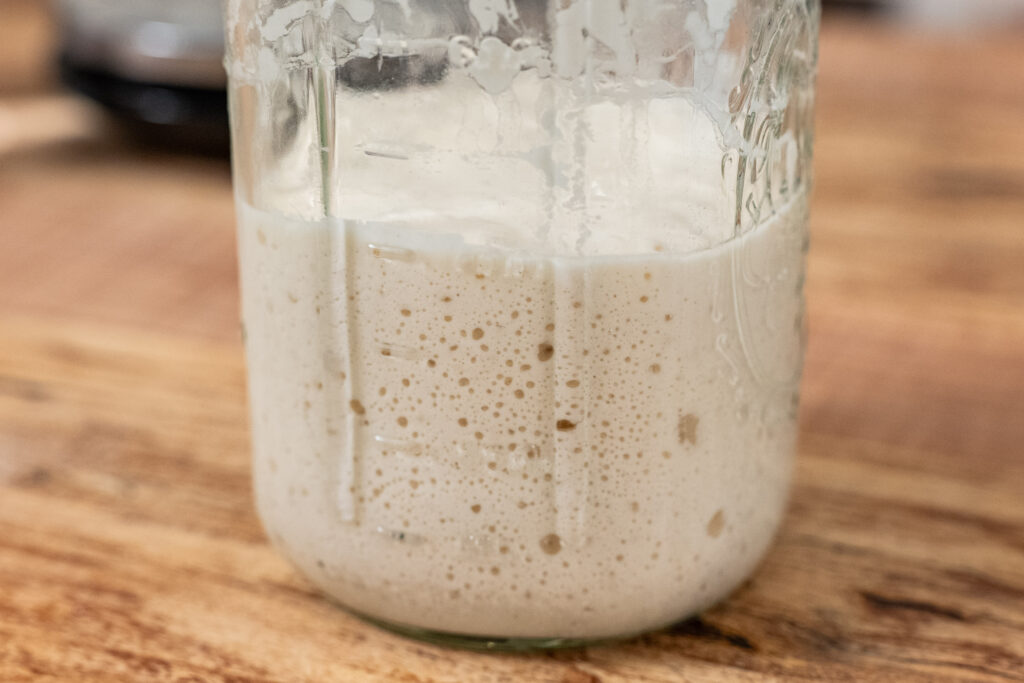
🍞 Struggling With Sourdough?
If your starter won’t take off, your loaves are dense and hard, or sourdough just flat-out overwhelms you…
👉 I’ll show you how to fix all of it.
Join my FREE live workshop and learn how to make a bubbly, active starter—the right way, from Day One.
🗓️ Jan 12 @ 1pm PT
Continue reading this post for everything I’m doing in the garden in October, plus be sure to catch our other gardening by month posts here.
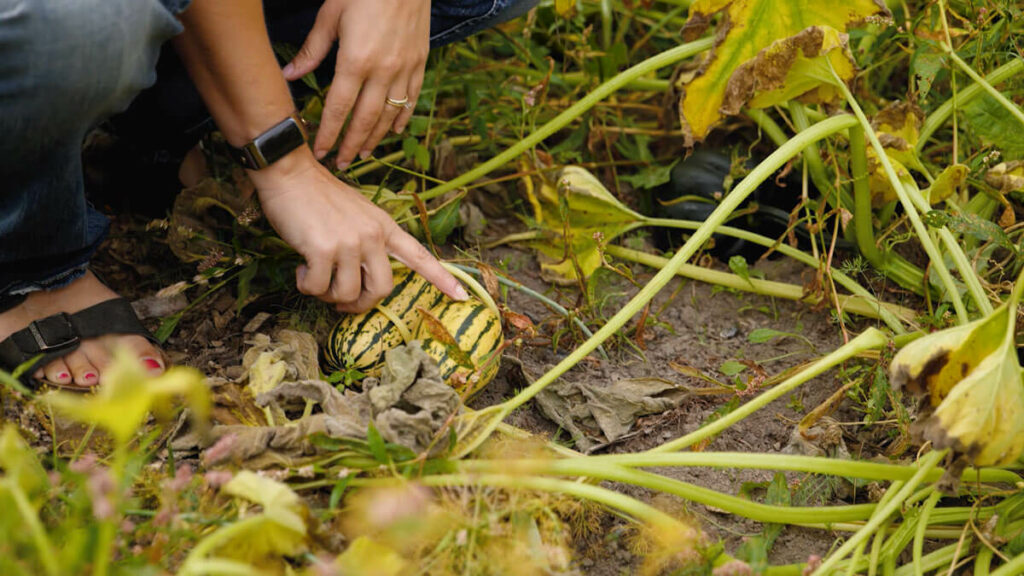
Table of Contents[Hide][Show]
Tasks for the Garden in October
By doing garden tasks in the fall, your garden and homestead will be ready for the winter, and you’ll have a head start in the spring.
- Save Seeds – If you’ve been saving seeds, particularly beans that you want to harvest the seeds from, be sure to harvest them before heavy rain, frost, or heavy dew. If the pods are left on the vine, they’ll absorb all the moisture and rehydrate. The beans won’t be ruined, but you’ll just have to shell them out right away to avoid mildew or mold. If you can harvest dried pods, stick them in a basket and let them continue to dry in the pods until you’re ready to shell them out. Learn more about saving seeds here, and learn more specifically about growing, harvesting and saving bean seeds here.
- How to Tell if Beans are Dry Enough – If you press into the bean with your fingernail and leave a mark, it’s not dry enough for storage. You’ll want to continue to let them dry on a cookie sheet until they’re completely firm.
- Winter Squash – If a frost comes and you haven’t harvested your winter squash, it won’t harm the squash but will kill the plants. Usually, once those cold nighttime temps come, the daytime temps aren’t warming up much to allow the squash to cure. To know if a squash is ready to harvest, be sure to leave the stem on the squash. Learn more about curing winter squash here.
- Harvest Shelling Beans – You have a little bit more leeway with shelling beans and a frost. If you’re not ready to harvest them before they’re hit by a frost, they’ll still be OK to shell and eat or can.
- Protect Warm Weather Crops – Be sure your warm weather crops are well protected when those cold temps hit by utilizing cold frames and covers.
- Potatoes – When you get your first killing frost (about 28 degrees F), you’ll want to harvest and cure your potatoes. If you’re harvesting your potatoes, don’t wash them or wipe the dirt off. Just lay them out on a screen with good ventilation for a couple of weeks so they can fully dry. I also like to leave my potatoes and store them in the ground! (More on that next week!)
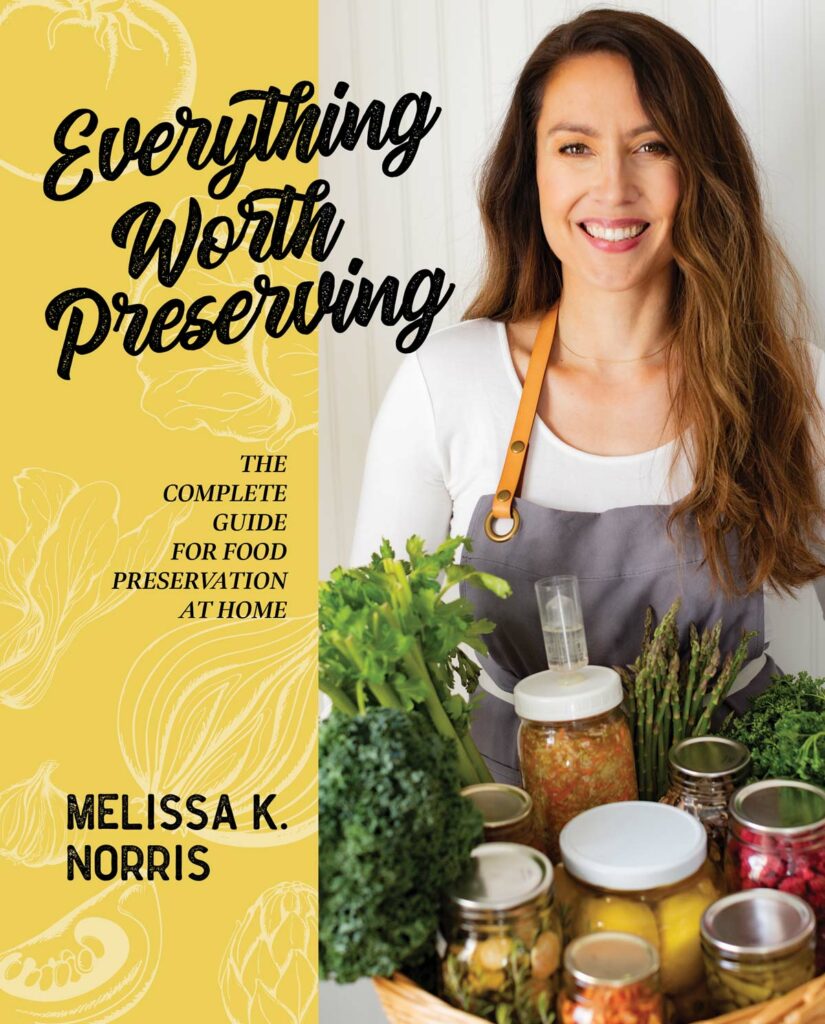
Everything Worth Preserving
It’s preservation season and that means we’re all on the hunt for safe and delicious preservation recipes! I’m so excited about my new book, Everything Worth Preserving. In this book, I discuss crop by crop, all the ways to safely preserve each one at home, including delicious recipes.
This is THE preserving book I always wished I could find but never could. It includes an A-Z list of every fruit and vegetable, all the safe methods of preservation, and recipes for preserving them.
Pre-order your copy of Everything Worth Preserving right here and grab some bonuses as a thank you from me. You’ll receive the digital copy immediately so you can start preserving in the kitchen).
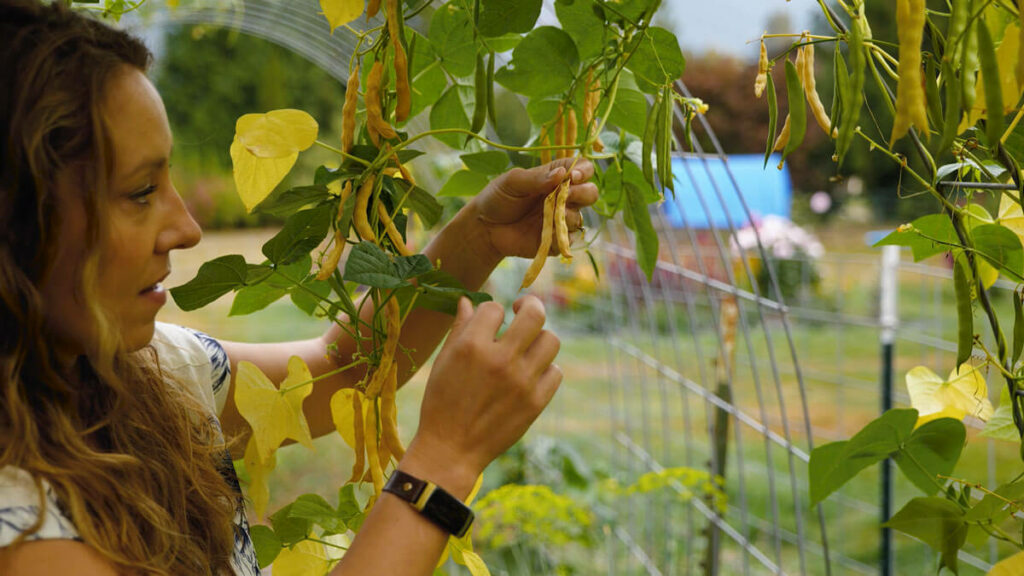
Subscribe to Melissa K. Norris!
Get updates on the latest posts and more from Melissa K. Norris straight to your inbox.
We use your personal data for interest-based advertising, as outlined in our Privacy Notice.
Gardening Tasks by Month
More Posts You May Enjoy
- How to Preserve Zucchini (plus my favorite fresh zucchini recipe)
- Crispy Rutabaga Fries Recipe
- 10 Methods of Food Preservation at Home
- How to Make Celery Salt (Preserve Celery)
- New Gardening Techniques & Varieties to Grow in 2022
- Soil Remediation – How to Fix Tainted Soil
- Wood Chips for Garden Mulch (Beneficial or Not?)
- Science-Based Companion Planting Strategies for a Healthier Garden
- How to Grow a Large Scale Garden Without Acreage
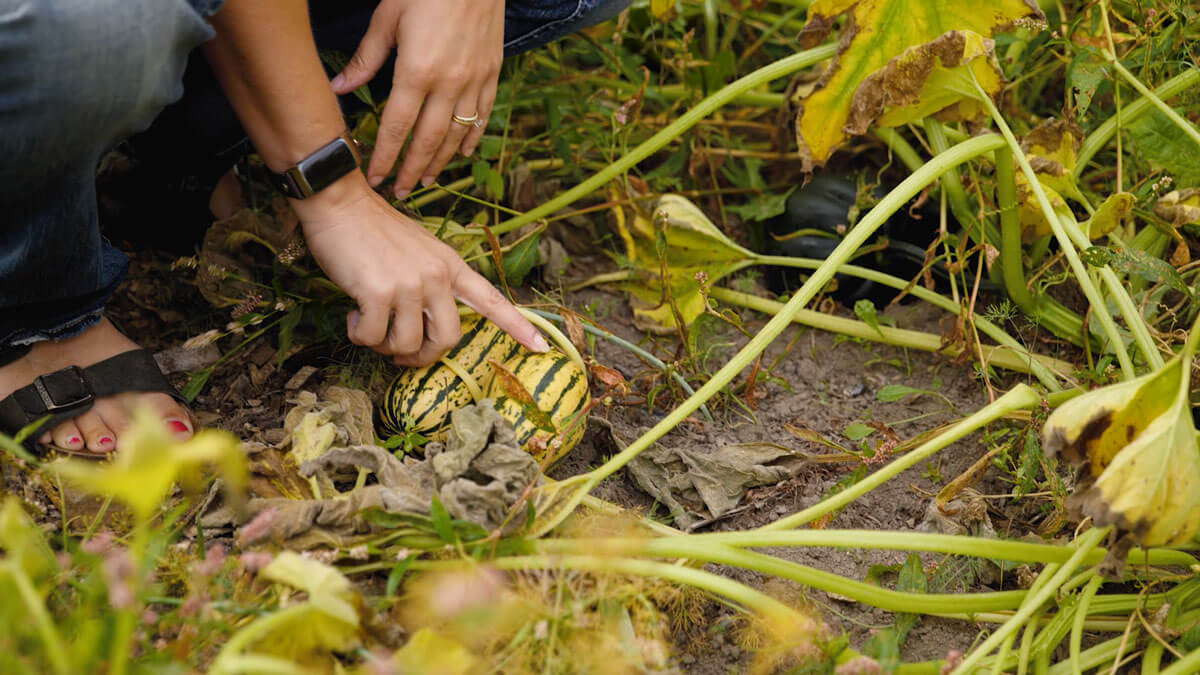
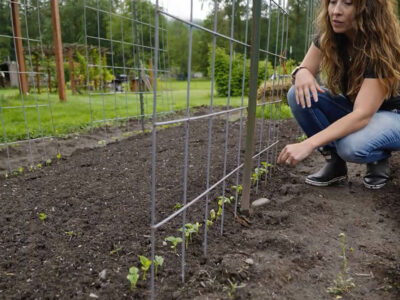


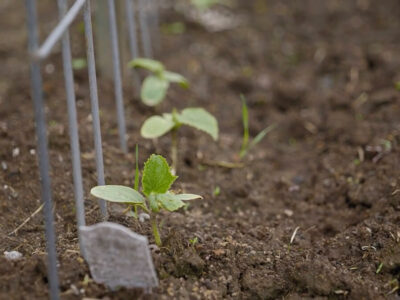






My greenhouse squash, both winter and summer, got powdery mildew. I removed the infected leaves, but noticed some powder falling into the ground as I did so. I am concerned that the dust of the mildew got into the soil and I am doomed to having powdery mildew every year forever. Is there something I can do to pretreat the soil before I plant next spring in the greenhouse?
I hear this question a lot. But breath a little sigh of relief. It is not soil borne, so what did deposit on the soil will not live to reinfect next year’s crop, but if any left over plant matter in that green house remains, that is where next year’s infection can come from.
Here is a document I found on cucumbers that may help you. See page 18. chrome-extension://efaidnbmnnnibpcajpcglclefindmkaj/https://extension.entm.purdue.edu/publications/ID-521/ID-521-W.pdf
I am a Extension Master Gardener in my state. You may want to contact your local extension office to if you have future questions specific to your area either through you ag agent or a local Extension Master Gardener.
Happy weeding 🙂 Andrea
Hey Melissa,
Where did you get that cold frame? Does it snap together to make bigger and smaller?
Thanks
Love your vids always learn something!!